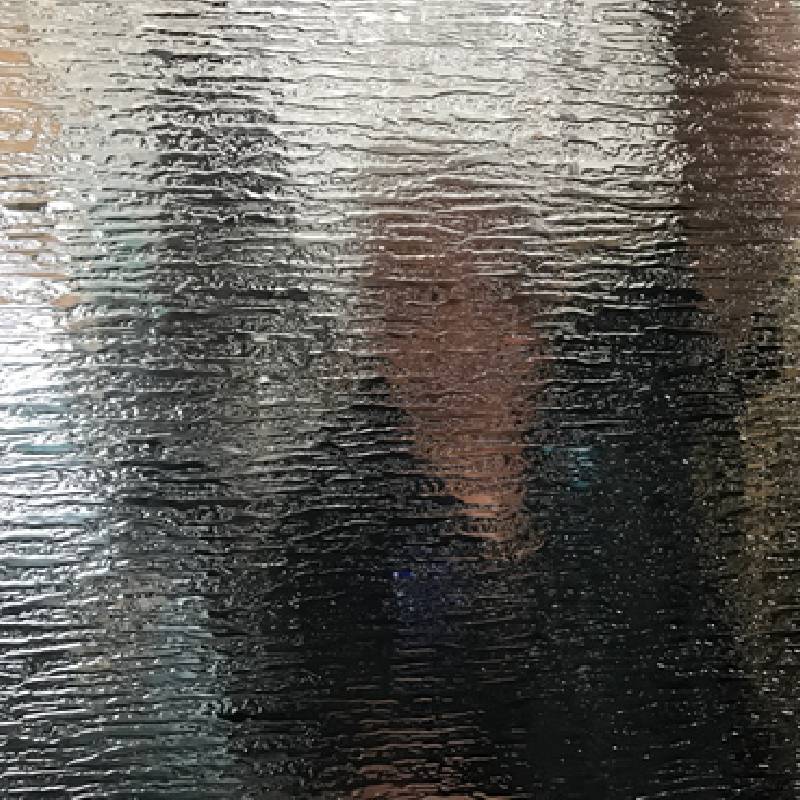The Manufacturing of Toughened Glass A Comprehensive Overview
Toughened glass, often referred to as tempered glass, is a type of safety glass that is treated to be significantly stronger than regular glass. Its manufacturing process involves a series of steps that enhance its durability and thermal resistance, making it suitable for a variety of applications, from architectural structures to automotive windshields. In this article, we will explore the key stages involved in the manufacturing of toughened glass, the science behind its robustness, and its various uses in modern society.
The Manufacturing Process
The production of toughened glass begins with the selection of raw materials. Generally, high-quality silica sand, soda ash, and limestone are used to create a glass formulation. The first step is melting these materials in a furnace at temperatures exceeding 1,500 degrees Celsius. Once the mix is melted and uniform, it is poured into molds or floated on molten tin to produce flat sheets of glass.
After forming, the glass sheets undergo a careful annealing process to relieve internal stresses. This is crucial, as any imperfections could compromise the integrity of the final product. The glass sheets are then cut to the desired dimensions, ensuring precision as even minor errors can affect their performance when toughened.
Toughening Process
The defining characteristic of toughened glass lies in its toughening process, which generally occurs in two main stages heating and rapid cooling. Initially, the cut glass sheets are heated in a tempering furnace to temperatures between 600 and 700 degrees Celsius. At these temperatures, the glass transforms into a start of a superheated state, preparing it for the rapid cooling step.
Once heated, the glass is subjected to an abrupt cooling process using blasts of cold air. This rapid cooling induces compressive stresses on the surface, while the interior of the glass cools more slowly. As a result, the surface of the toughened glass becomes significantly stronger than its interior, enabling it to withstand impact and thermal shock.
manufacturing of toughened glass
The final product can be up to five times stronger than standard glass of the same thickness. In addition to its strength, toughened glass is designed to shatter into small, blunt pieces when broken, reducing the risk of injury, which is particularly important in public spaces and vehicles.
Applications of Toughened Glass
The versatility of toughened glass makes it an essential material in various industries. In the architectural field, it is commonly used for windows, facades, and glass doors due to its aesthetic appeal and strength. Toughened glass is also utilized in the manufacturing of glass partitions and balustrades, providing transparency while ensuring safety.
In the automotive industry, toughened glass is used extensively in the windows and windshields of vehicles. Its ability to withstand temperature fluctuations and impact makes it ideal for ensuring passenger safety. Additionally, it is employed in the interiors of cars, including rear-view mirrors and sunroofs.
Electronics and appliances also benefit from toughened glass in the production of screens for smartphones, tablets, and household appliances, where durability and resistance to scratches are paramount.
Moreover, toughened glass has found applications in the construction of shower doors, glass tables, and even in furniture design, emphasizing both style and safety.
Conclusion
The manufacturing of toughened glass is a sophisticated process that highlights the interplay of physics and engineering. From its transformation under extreme temperatures to its final applications in daily life, toughened glass represents a significant advancement in materials technology. As demand for safety and durability continues to rise across various sectors, toughened glass will undoubtedly play a pivotal role in shaping the future of construction, automotive design, electronics, and beyond. The techniques and innovations in toughened glass manufacturing stand as a testament to human ingenuity in overcoming the limitations of traditional materials.
 Afrikaans
Afrikaans  Albanian
Albanian  Amharic
Amharic  Arabic
Arabic  Armenian
Armenian  Azerbaijani
Azerbaijani  Basque
Basque  Belarusian
Belarusian  Bengali
Bengali  Bosnian
Bosnian  Bulgarian
Bulgarian  Catalan
Catalan  Cebuano
Cebuano  Corsican
Corsican  Croatian
Croatian  Czech
Czech  Danish
Danish  Dutch
Dutch  English
English  Esperanto
Esperanto  Estonian
Estonian  Finnish
Finnish  French
French  Frisian
Frisian  Galician
Galician  Georgian
Georgian  German
German  Greek
Greek  Gujarati
Gujarati  Haitian Creole
Haitian Creole  hausa
hausa  hawaiian
hawaiian  Hebrew
Hebrew  Hindi
Hindi  Miao
Miao  Hungarian
Hungarian  Icelandic
Icelandic  igbo
igbo  Indonesian
Indonesian  irish
irish  Italian
Italian  Japanese
Japanese  Javanese
Javanese  Kannada
Kannada  kazakh
kazakh  Khmer
Khmer  Rwandese
Rwandese  Korean
Korean  Kurdish
Kurdish  Kyrgyz
Kyrgyz  Lao
Lao  Latin
Latin  Latvian
Latvian  Lithuanian
Lithuanian  Luxembourgish
Luxembourgish  Macedonian
Macedonian  Malgashi
Malgashi  Malay
Malay  Malayalam
Malayalam  Maltese
Maltese  Maori
Maori  Marathi
Marathi  Mongolian
Mongolian  Myanmar
Myanmar  Nepali
Nepali  Norwegian
Norwegian  Norwegian
Norwegian  Occitan
Occitan  Pashto
Pashto  Persian
Persian  Polish
Polish  Portuguese
Portuguese  Punjabi
Punjabi  Romanian
Romanian  Russian
Russian  Samoan
Samoan  Scottish Gaelic
Scottish Gaelic  Serbian
Serbian  Sesotho
Sesotho  Shona
Shona  Sindhi
Sindhi  Sinhala
Sinhala  Slovak
Slovak  Slovenian
Slovenian  Somali
Somali  Spanish
Spanish  Sundanese
Sundanese  Swahili
Swahili  Swedish
Swedish  Tagalog
Tagalog  Tajik
Tajik  Tamil
Tamil  Tatar
Tatar  Telugu
Telugu  Thai
Thai  Turkish
Turkish  Turkmen
Turkmen  Ukrainian
Ukrainian  Urdu
Urdu  Uighur
Uighur  Uzbek
Uzbek  Vietnamese
Vietnamese  Welsh
Welsh  Bantu
Bantu  Yiddish
Yiddish  Yoruba
Yoruba  Zulu
Zulu 

